High up on our bucket list is Patagonia, also known as the End of the World, as it’s at the southernmost point of Chile, South America.
Patagonia is famous for its pristine beauty and has managed to retain an air of mystery due to its remoteness. Patagonia sits at the border of Chile and Argentina and is really not easily accessible.
How to get to Patagonia?
The best way to get there is probably by taking a 4 to 5-hour flight south from Santiago to Punta Arenas (read about our stop over in Santiago here). Located on the Strait of Magellan, which connects the Atlantic and Pacific oceans, Punta Arenas is often used as base for excursions to Patagonia and Antarctica. From there, it’s another 5-hour drive to reach Torres del Paine.
There’s a bus from Punta Arenas to Puerto Natales, which is the closest town to the Torres del Paine National Park. Some buses routes include a stop at the airport before heading to Patagonia, so if you arrive by plane, make sure to book the correct bus route with the airport stop. A better but more expensive option would be to book a tour from Punta Arenas which includes a direct transfer to Torres del Paine National Park. This may be the most practical way so you can prepay by credit card. There’s no ATM in the national park, so make sure to bring some cash if you have not made any prior tour arrangements. Check various Patagonia tours offered by Viator here.
You could also consider renting a car from Punta Arenas which would allow more flexibility in visiting the park if you don’t plan to book a tour.
When to travel to Patagonia?
The best season to travel to Patagonia is from October to April which is summer into fall, when day light can last for up to 16 hours and there’s less chance of rain. The temperature rises up to 20C (68F) in summer and drops to below zero in winter.
What to pack?
Even if you plan to visit Patagonia during the best season, be prepared to experience drastic weather change within the same day. So the best way is to layer clothing and to protect yourself against strong winds, rain and even snow!
Here’s what to consider packing:
- Pola Cap, Gater to protect the neck and face, sunblock, chapstick, polarized sunglasses
- Dry-fit T-shirt, Fleece Jacket, Rain Jacket or Gore-tex outerwear that’s water repellent and allows sweat to evaporate, Polar Gloves (in winter, it’s recommended to wear double gloves)
- Shorts and swimwear in summer, thermal underwear, waterproof pants, quick dry underwear.
- Polar socks, hiking shoes (make sure they’re broken in and comfortable), slippers for downtime.
Our Patagonia experience
Of course, we do not heed our own advice and travel to Patagonia in June, practically during the dead of winter. The downside is the extreme cold and many accommodations and services are closed. On the bright side, it’s low season so we can look forward to calmness and serenity. Indeed, we don’t encounter any tourists during most of our hikes, it seems like we have Torres Del Paine all to ourselves, which is pretty incredible!
Explora, Patagonia
As many hotels are closed in June, there are not many options. We decide to stay at Explora after reading amazing reviews about its excellent facilities and ideal location, by Lake Pehoé, at the heart of Torres del Paine National Park.
According to Conde Nast Traveler, [Explora is] “The most wonderful place I have ever stayed, bar none.” A base for exploring with the Explora Patagonia program, this all-inclusive, the only lodge in Torres del Paine National Park, offers more than 35 different excursions, one of which is to be a gaucho for the day. Located beside the Salto Chico waterfall, the white building has views of the Paine Massif and the two towers that give the park its name. Interiors are of slate, wood, and copper, and a wooden walkway connects the property to a bathhouse with open-air whirlpools. Rooms have almond-wood floors and are TV-free; “the views from them are unforgettable.” “The food was fresh and innovative.” Four-night minimum.
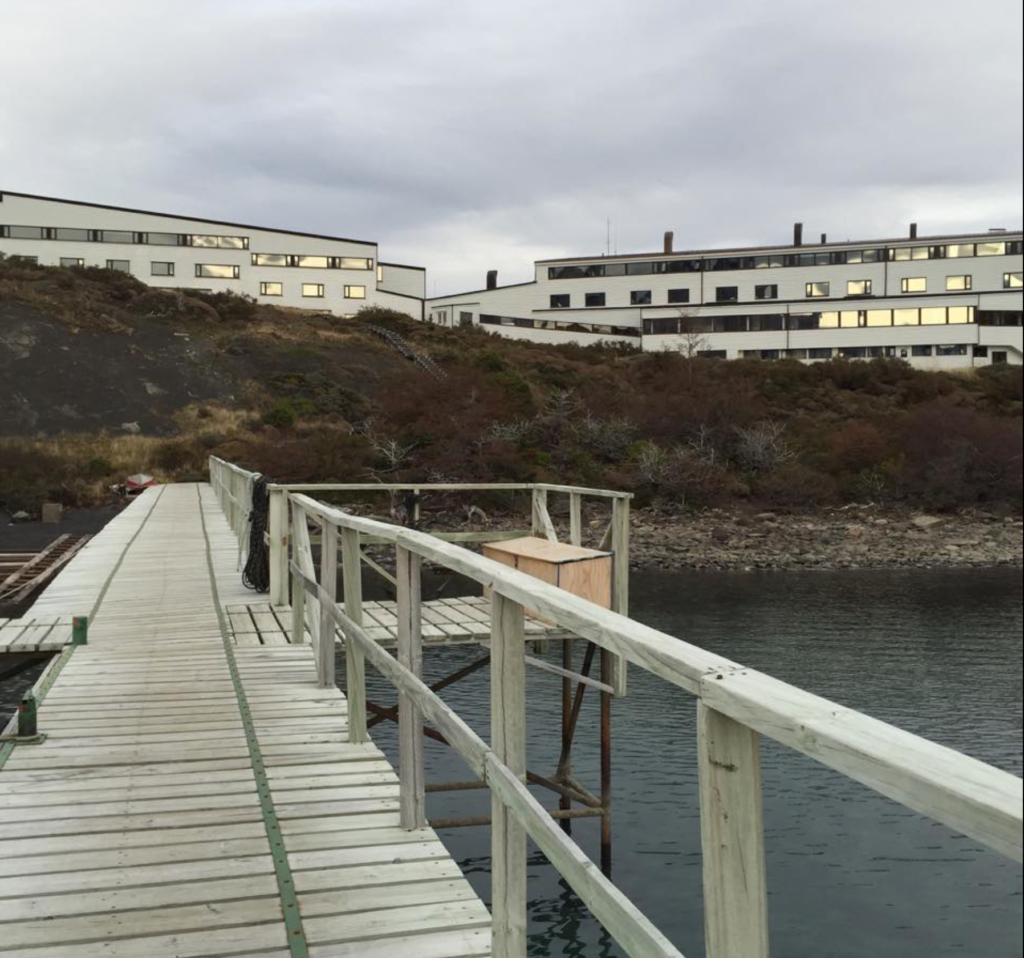
Explora has arranged for airport pick-up upon our arrival in Punta Arenas. After a long drive, we arrive at the hotel in the late afternoon. The hotel is simply gorgeous. Understated and tasteful design, a lot of attention to details, just cozy enough for you to feel welcome, but not too comfortable to encourage you to enjoy the outdoors and explore nature.
The architecture of the hotel is based on this idea: “To establish a link between the city and nature, it must mediate between the calculated reality of cities, and the unexpected behaviour of nature. A civilised interior, in the midst of nature´s imposing presence.”
Explora Patagonia is on the high end but so worth it. It’s the only hotel located in Torres del Paine National Park. It offers around 40 explorations including hiking or horseback riding, with an all-inclusive approach
There’s a minimum stay of 5 nights although 6 nights are recommended to really experiment the wonderment of Torres del Paine, since it’s a long long way to travel there.
After check-in, we couldn’t wait to explore the beautiful grounds by the hotel.
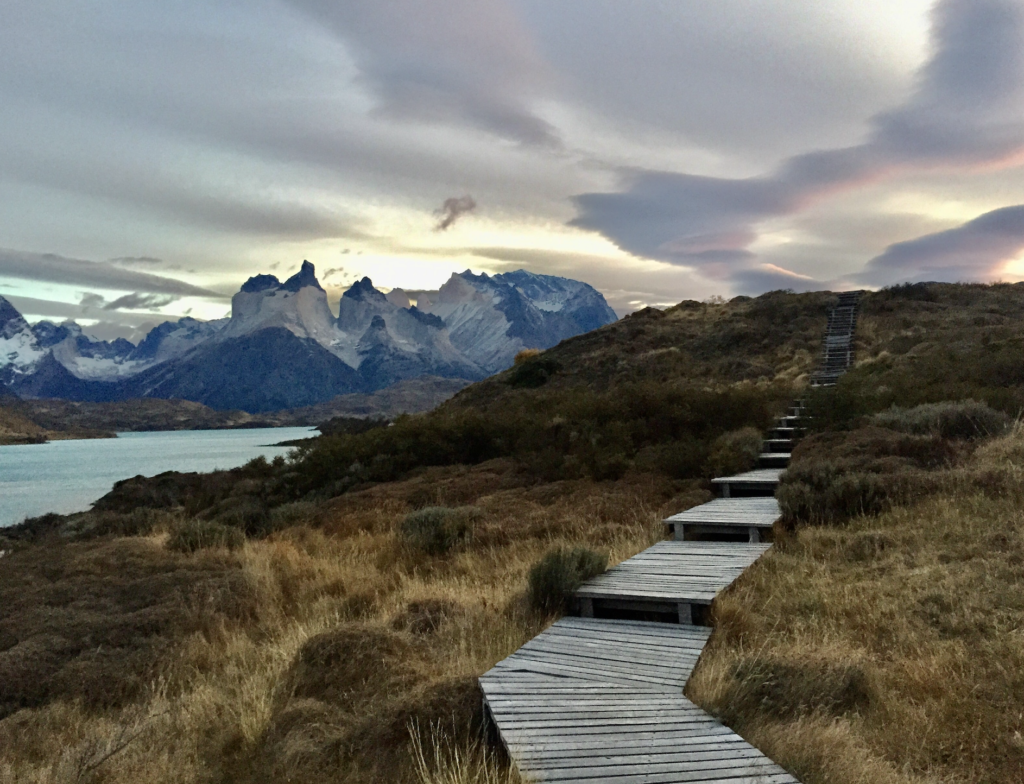
The Lake Pehoé is just magnificent against the snowy mountains backdrop.
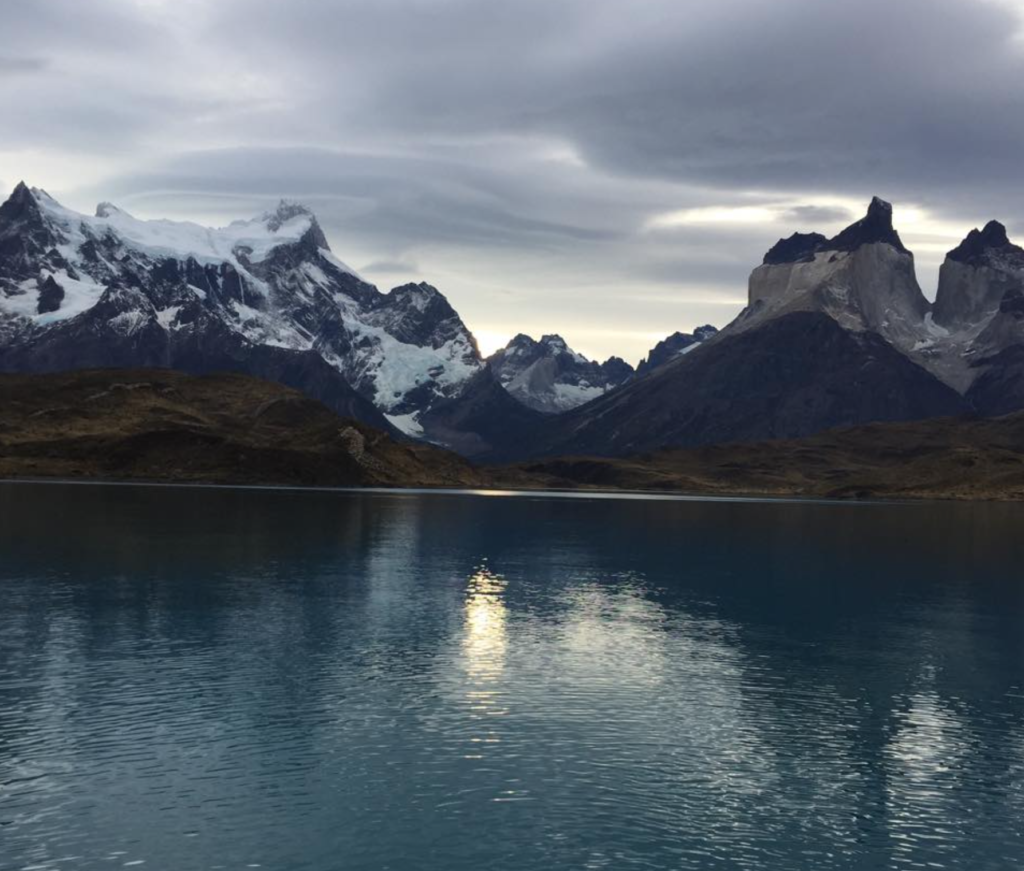
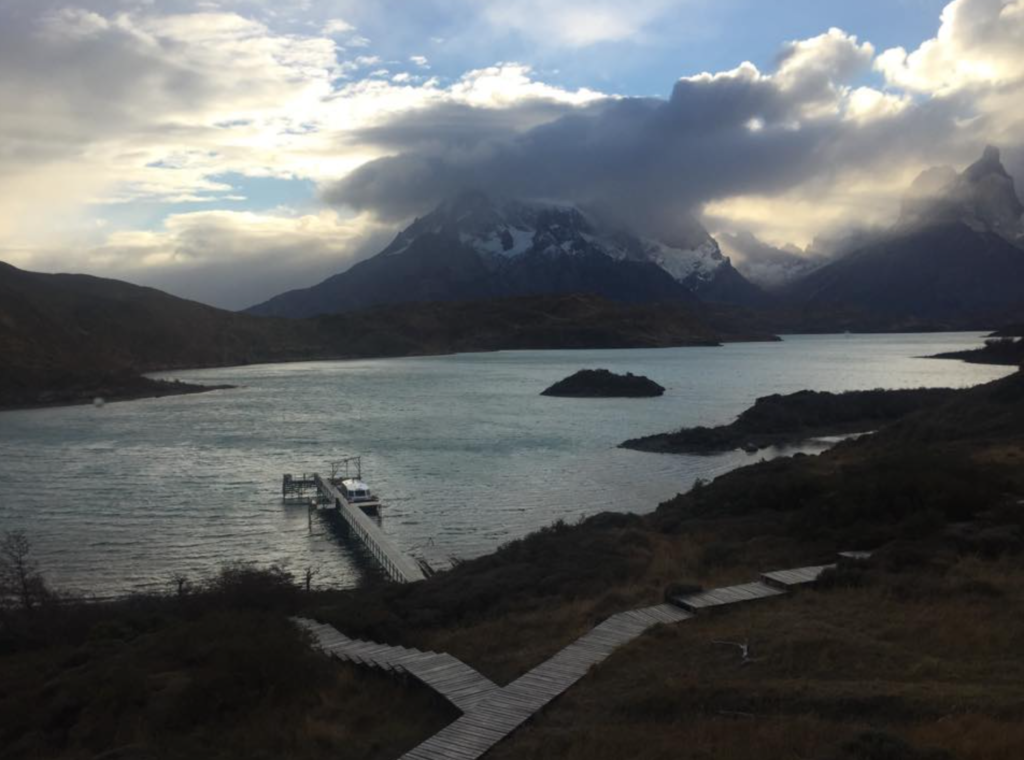
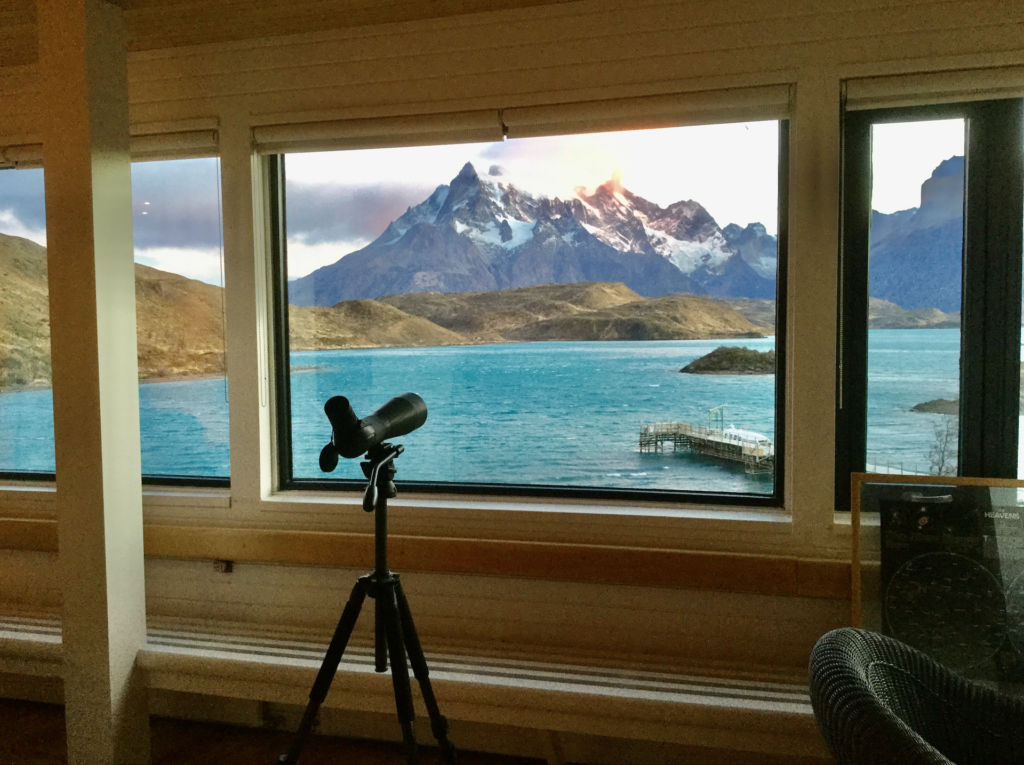
Our room is so comfy and simple, with a sweeping view of Lake Pehoé, the perfect place to rest after an exploration program. You feel relaxed and disconnected with the rest of the world as there’s no electronics, telephone or television.
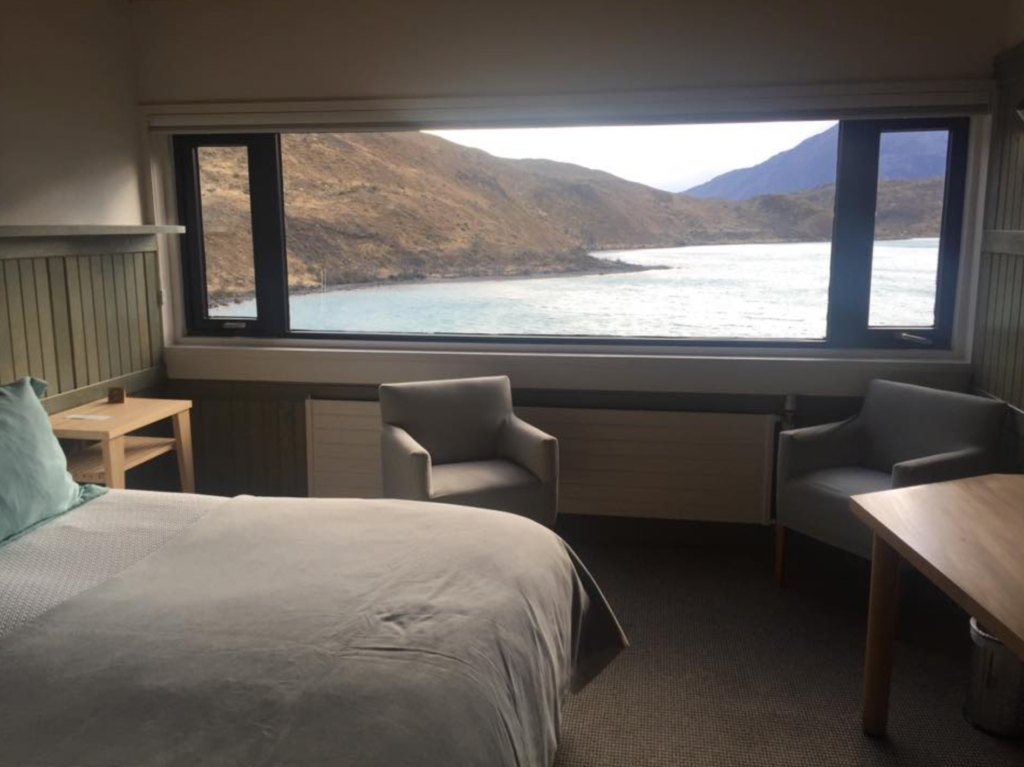
After an excellent dinner with a nice wine selection, we discuss with the guides and select the next day’s program based on their recommendations in view of the weather.
Exploring Torres Del Paine
Have you ever felt completely in awe of majestic nature? Be prepared to feel overwhelmed by the towering granite peaks, imposing glaciers and turquoise waters. The landscape is just spectacular surely making Patagonia the eighth wonder of the world.
Explora Patagonia team of expert guides or gauchos propose over 40 different guided explorations, as halfway or full day with different levels of difficulty and either as hikes or horseback rides.
Over the next few days, we eagerly embark on treks, hikes and horseback rides, visiting mountains, turquoise lakes, glaciers, lenga tree forests, viewpoints, prairies and rivers, in addition to the most iconic spans of the trekking circuit known as “W”.
Here are a few of our breath-taking explorations.
Valle del Francés
After crossing the Pehoé Lake by catamaran to the Paine Grande refuge, we start the trek through a forest, cross the suspension bridge over the Francés River and continue to the Italian Camp. From there, we have a vantage view of the glacier and the granite peaks that frame the area.
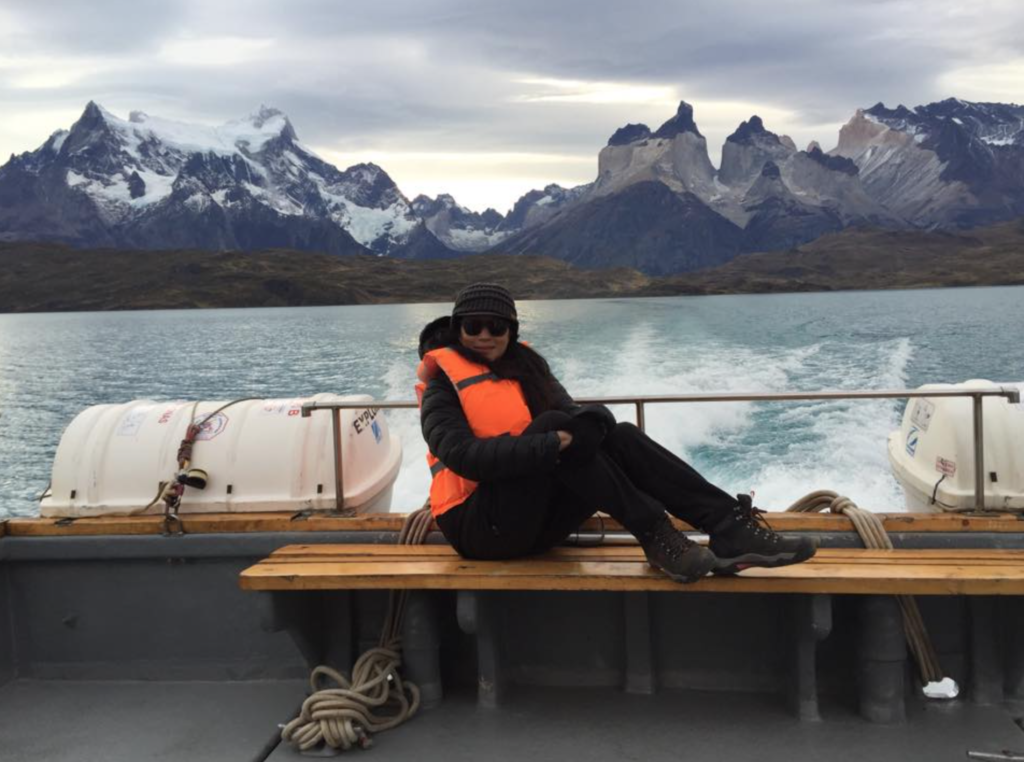
The W trekking trail runs around the main tourist attractions of Torres del Paine which are the Ascencio Valley, the Frances Valley and the Grey Glacier Valley.
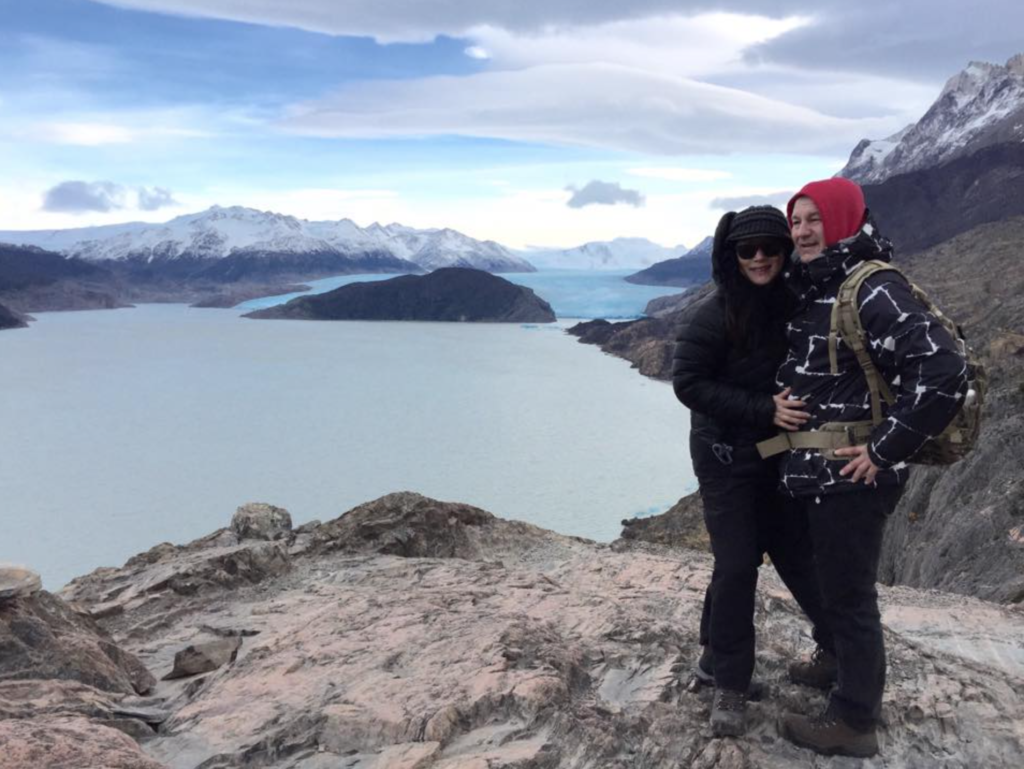
Base Torres
This exploration goes through one of the most iconic sectors of the W. A van takes us to the Cerro Paine ranch where we hike up to the base of the Torres del Paine. The magnitude of the granite towers and the lagoon at our feet are just magnificent.
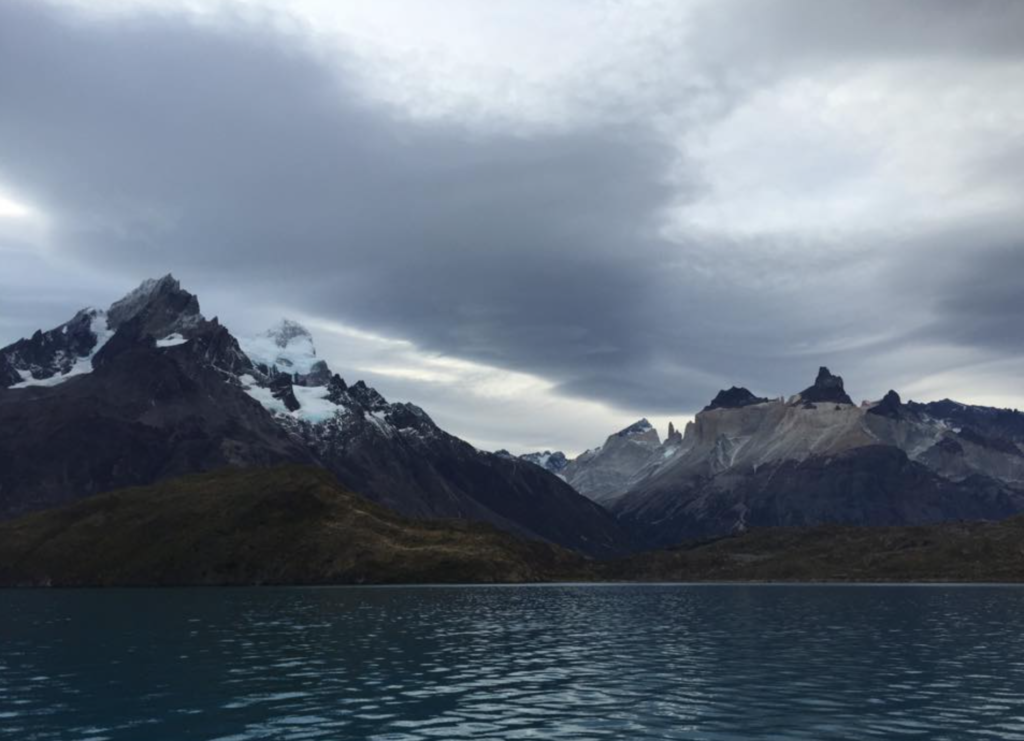
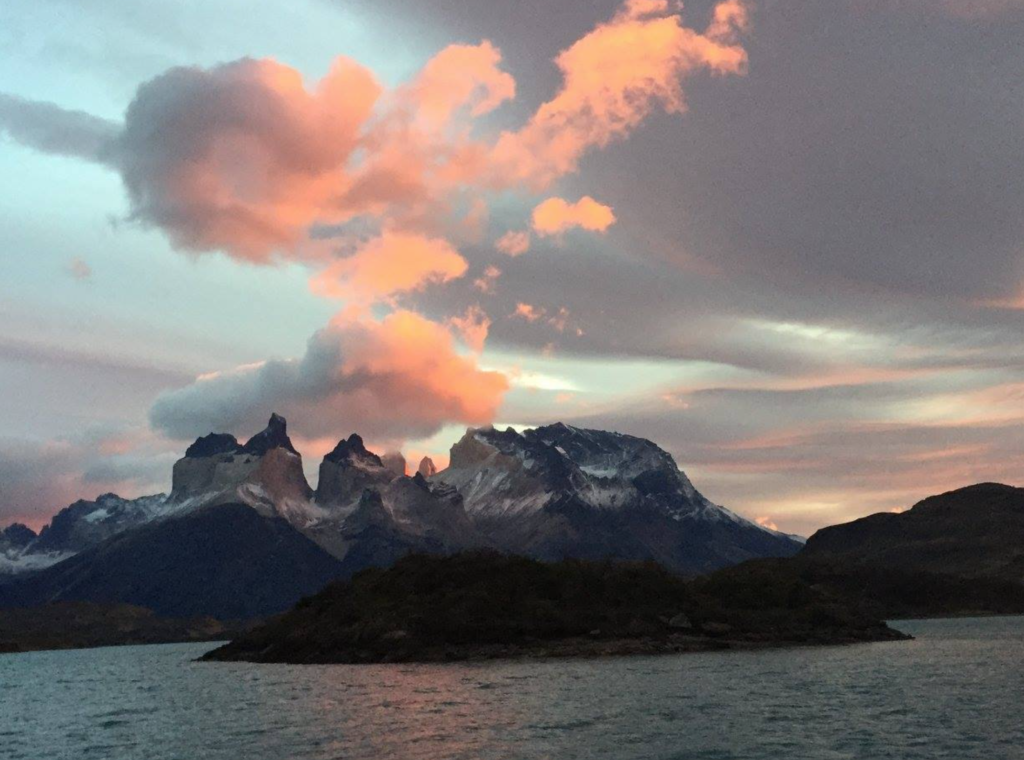
Sarmiento
After strenuous hikes, we take it easy today and visit Sarmiento through a path between low-lying vegetation and colorful native flowers. Then, we cross rock formations of calcium carbonate on our descent to the beach of Sarmiento Chico Lake and just enjoy the quiet beauty of it all.

Glaciar Grey
A catamaran takes us across the Pehoé Lake to the Paine Grande refuge to cross one of the stretches of the W. About half way through the hike, the Grey Glacier and the Southern Ice Fields come into view.
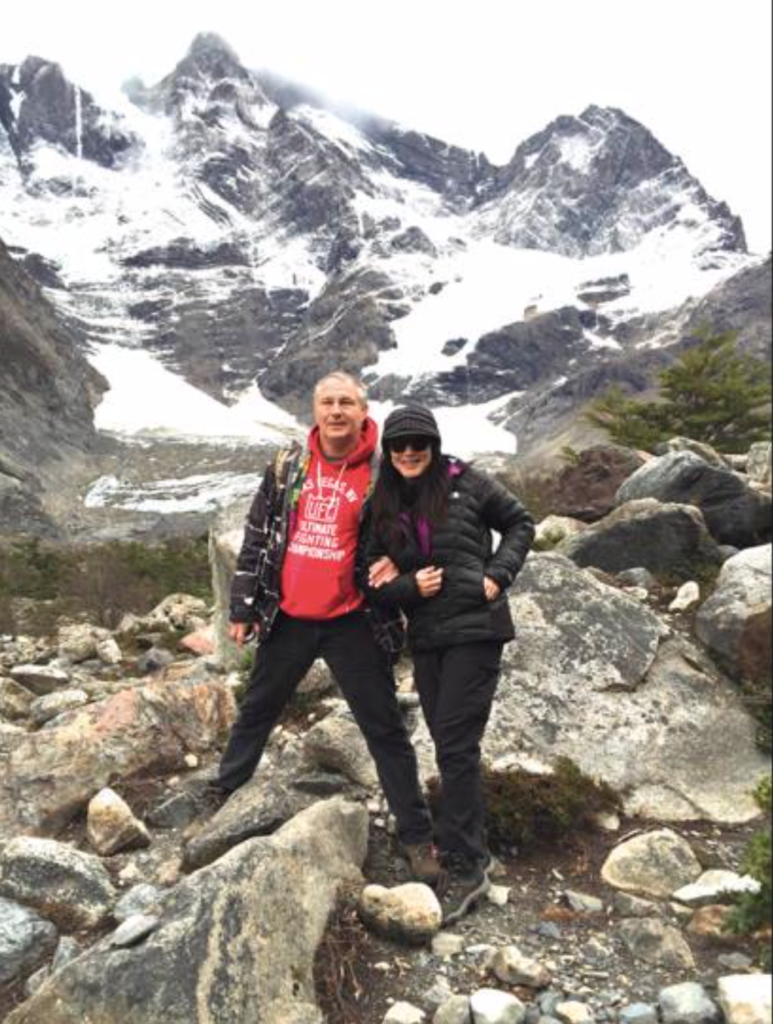
We reach the beach of Grey Lake where a boat takes us to the glacier and then leaves us on the other side of the lake. We walk along the beach and through a forest and are awe-struck by the expanse of the Grey Glacier spread out like an icy sea.
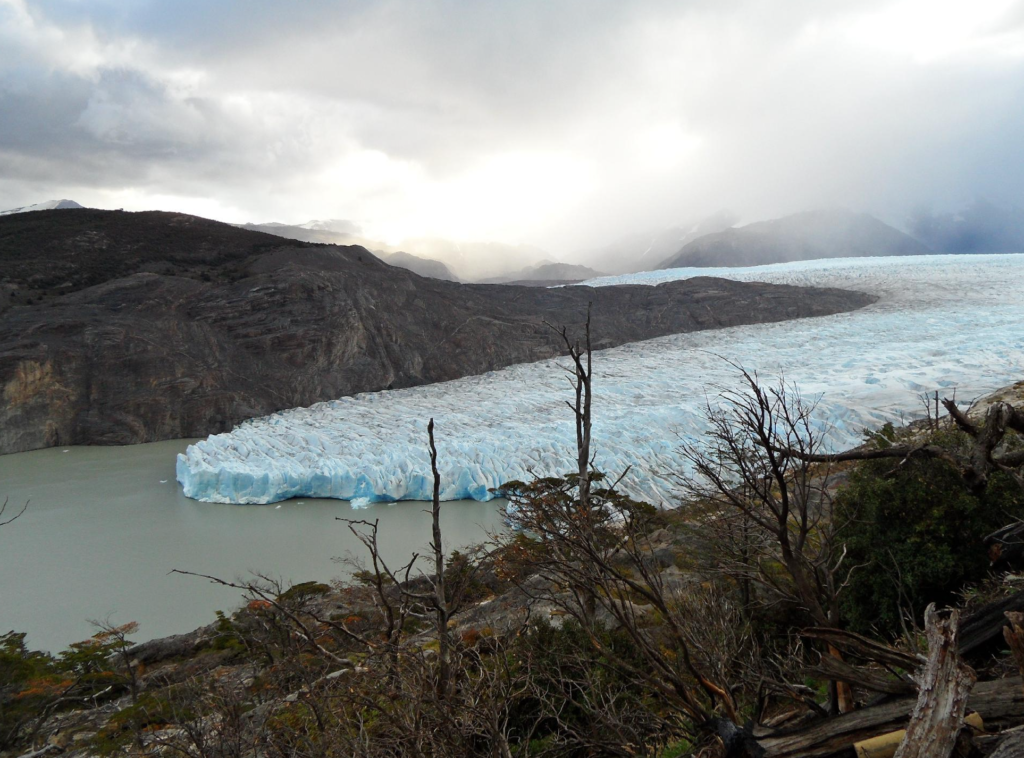

Cuernos
Some of the hikes are pretty advanced. Be prepared to be challenged by steep climbs and a deceptively easier descent except for slippery rocks, as every muscle in your legs would sorely remind you the next day.
Each morning we wake up to a delightful breakfast with fresh fruits, cereals, freshly baked bread with avocado, eggs and cheeses. When it’s a full-day exploration, the kitchen staff would prepare a lunch to bring in our day pack, and we can also grab some snacks like nuts, dry fruits and fresh glacial water for extra energy.
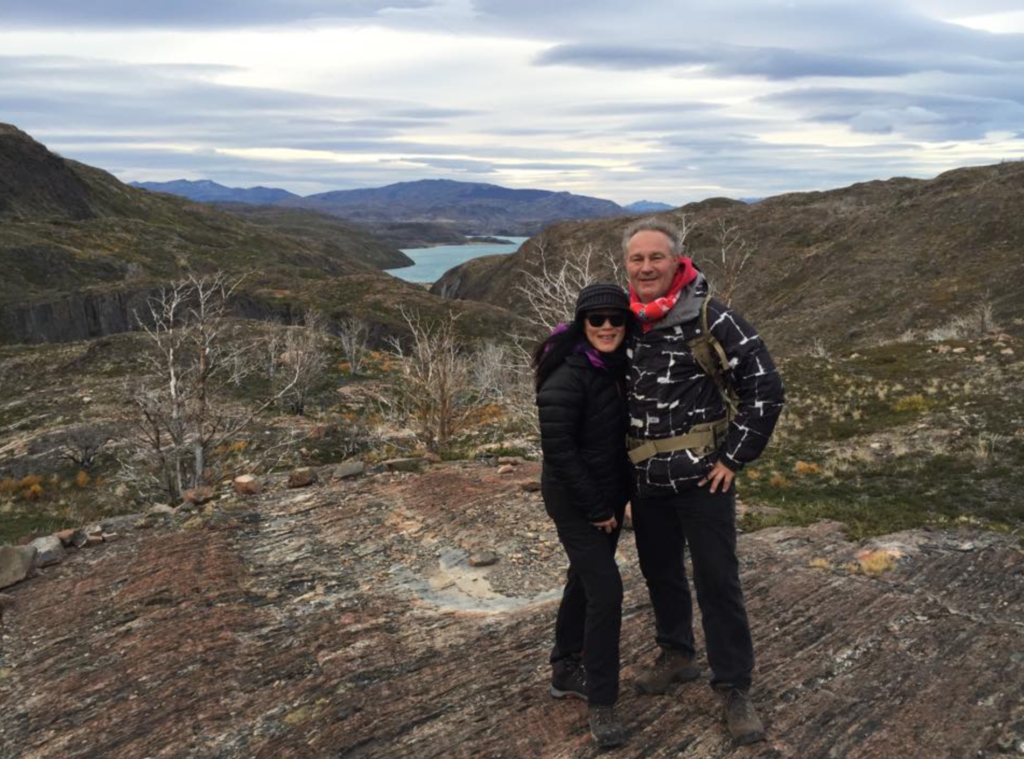
Today, a van takes us to the base of our trail and we begin our 18 km (around 12 miles) round trip hike to Nordenskjöld Lake until the uphill path of the Bader Valley with views of the horns, the Pehoé, Sarmiento and Nordenskjöld lakes and the Almirante Nieto glacier. The steep incline is very arduous and a test of endurance.
At the top of the mountain, we trek through the forest and emerge above clouds.
We find a perfect spot to take a lunch break, and our guides set the picnic. It’s such a luxury to enjoy a leisurely meal in the middle of nature, after the muddy hike.
We make our own sandwiches with delicious grilled vegetable, avocado and tomatoes, and warm ourselves with hot lentil soup and tea brought in thermos by our guides.
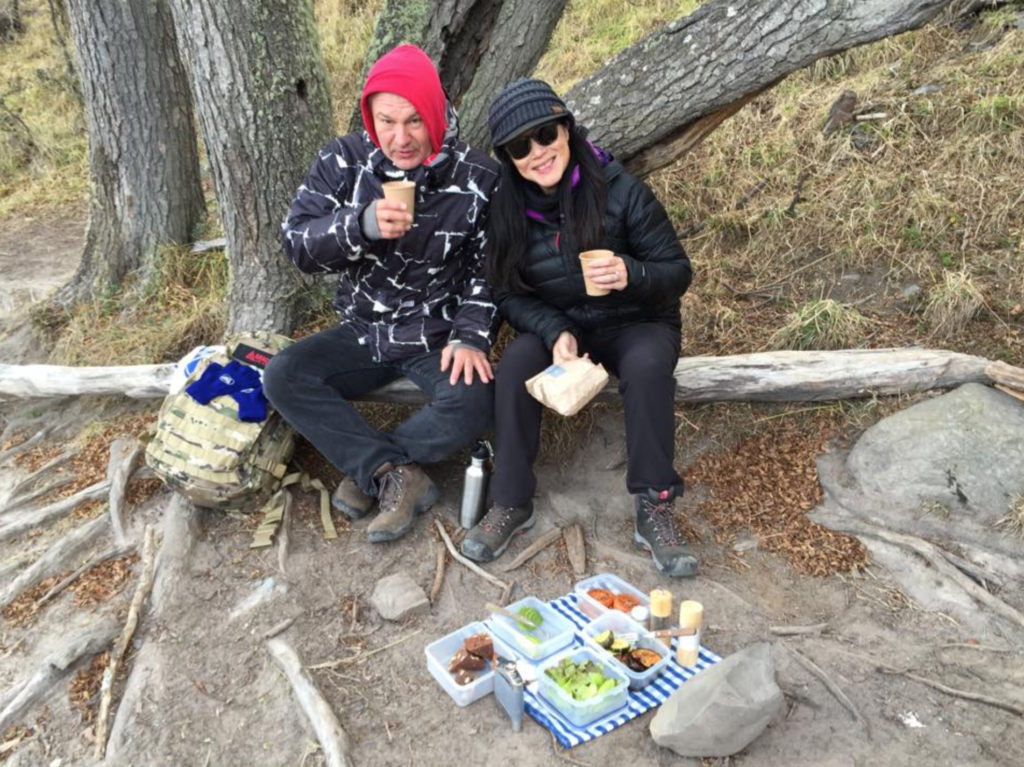
Our guides mention that we are so lucky to enjoy this mesmerizing wilderness without any disturbance, since it’s the low season. We have not bumped into any other visitor during the hike among the immense stretch of nature. It’s quite a memorable experience and we feel humbled and grateful to be here.
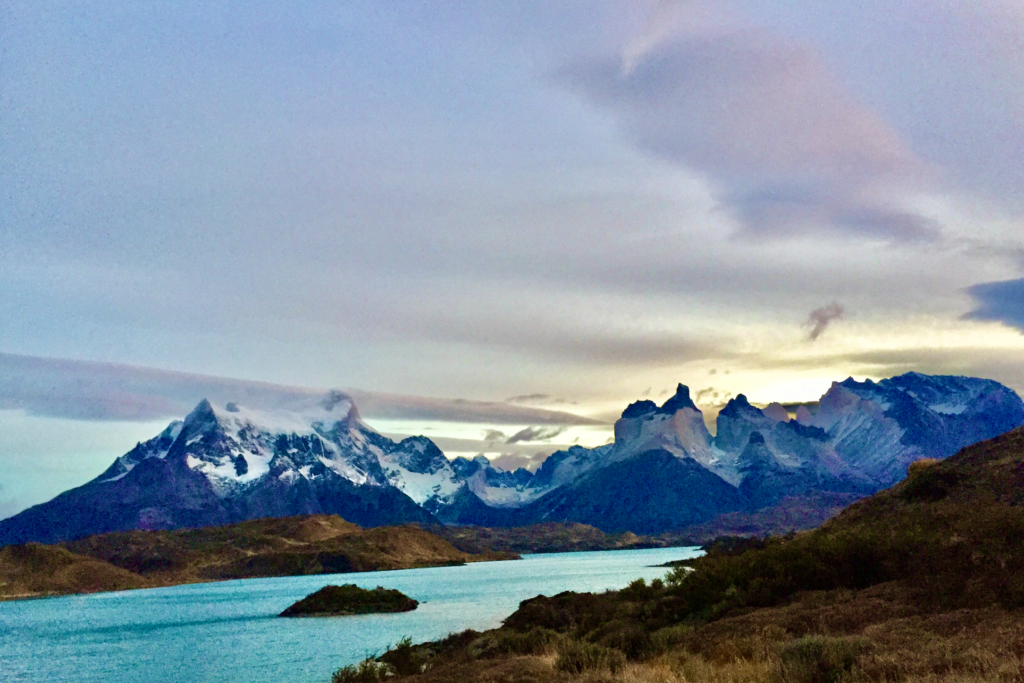
Horseback Riding
No Patagonian experience would be complete without Horseback riding. We look forward to spend this afternoon trail riding around the mountains with Gauchos.
Viator is offering a Ranch visit and horseback riding from El Calafate.
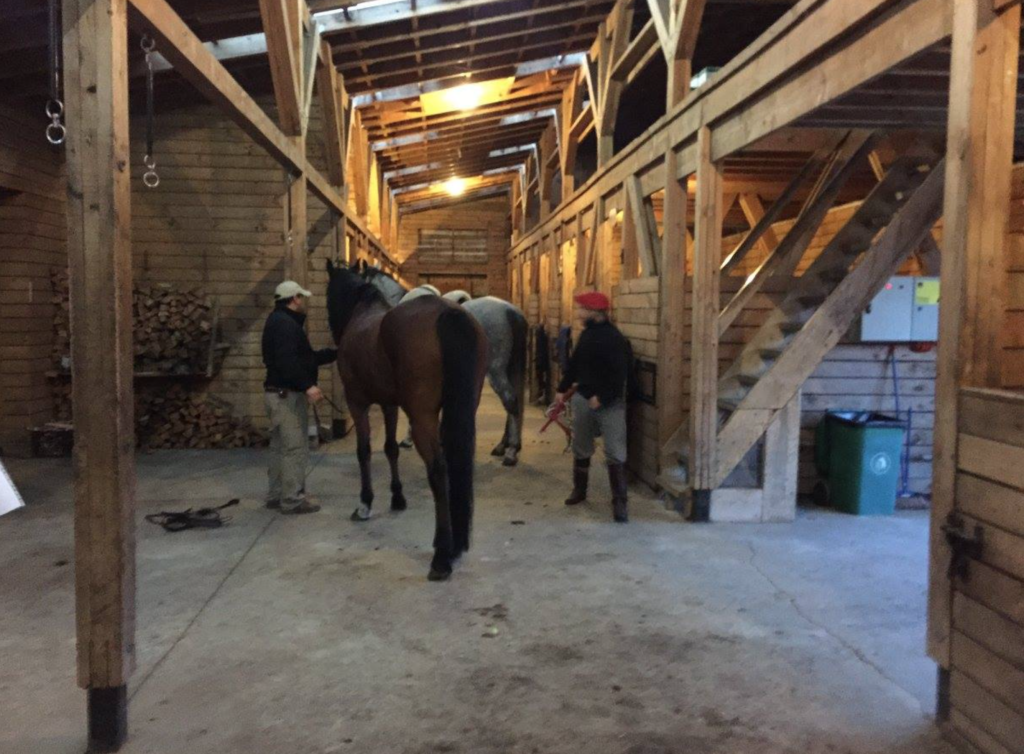
The stables are impressively well maintained, and it’s obvious to see how the horses are best trained and well cared for.
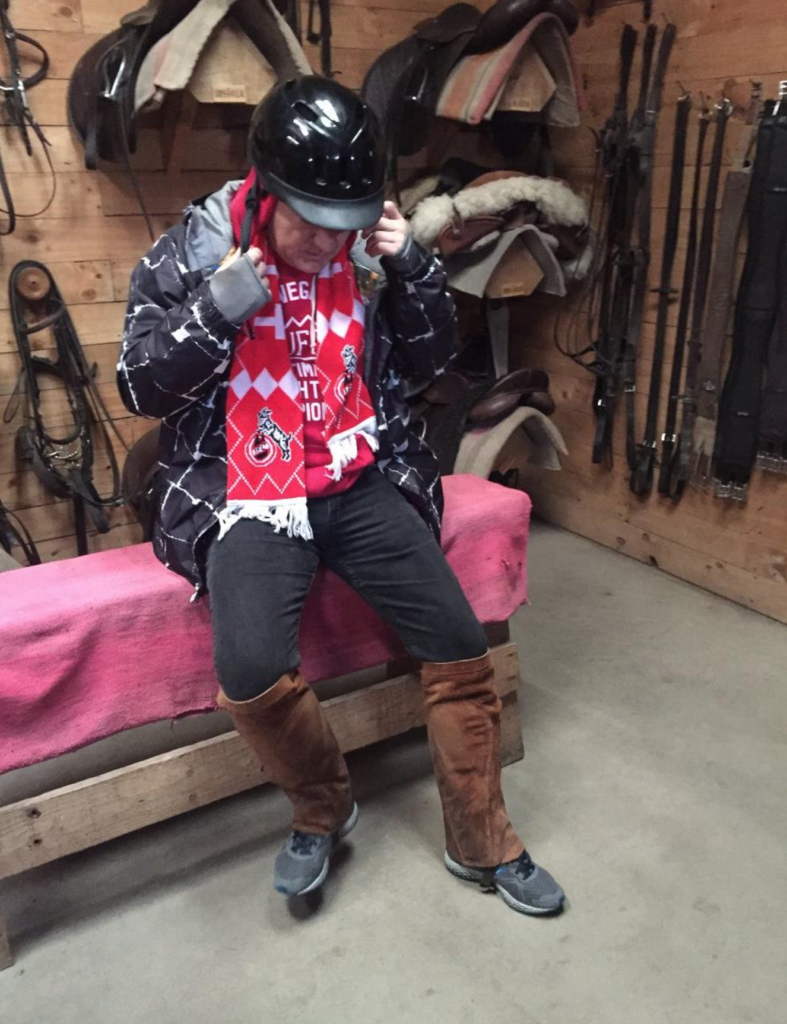
Buena Vista
From the stables we ride towards a plain with abundant flora and fauna. Then we ascend a hill, gaining altitude until we reach the Buena Vista viewpoint. The mouth of the Paine River and the massif in the background are a stunning view. We return to the stables by a steep path.
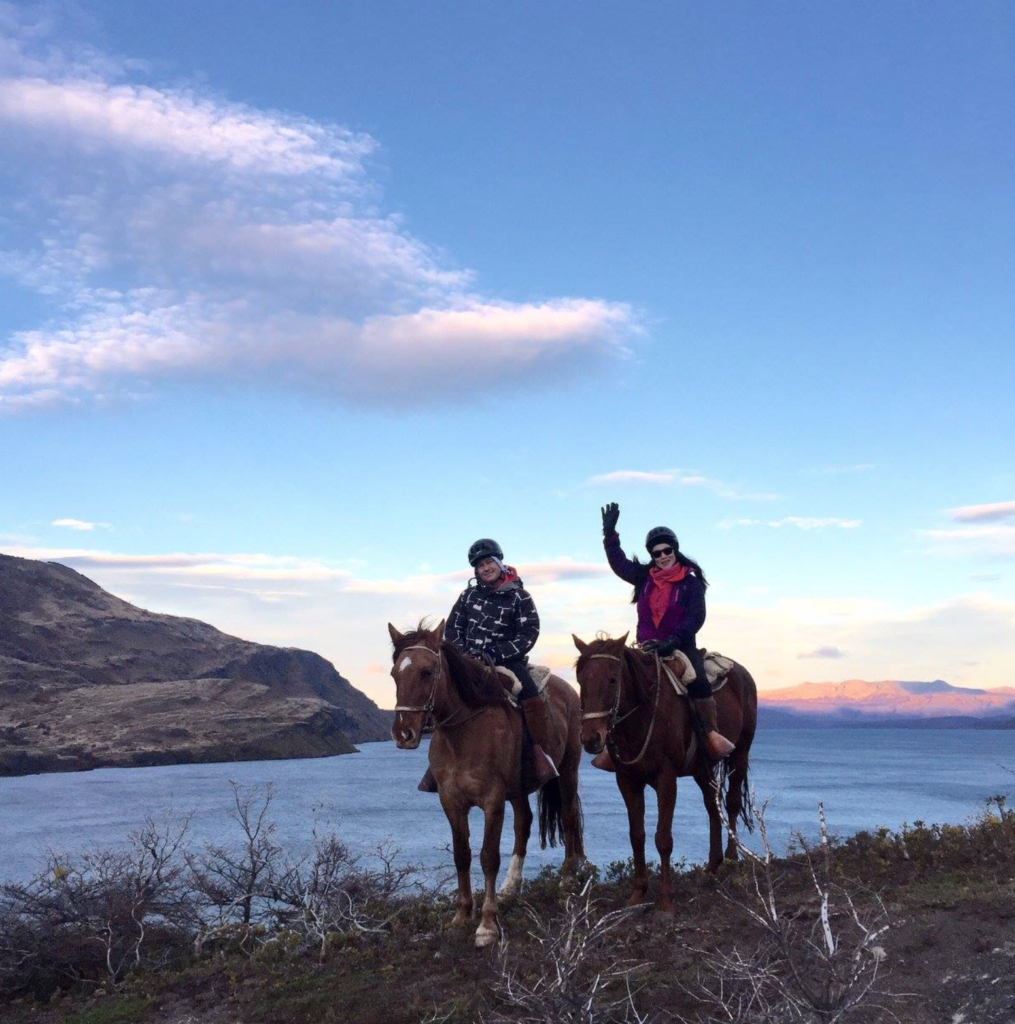
Back to the stables, we enjoy matté with the Gauchos, the strong tea warms us up after the ride.
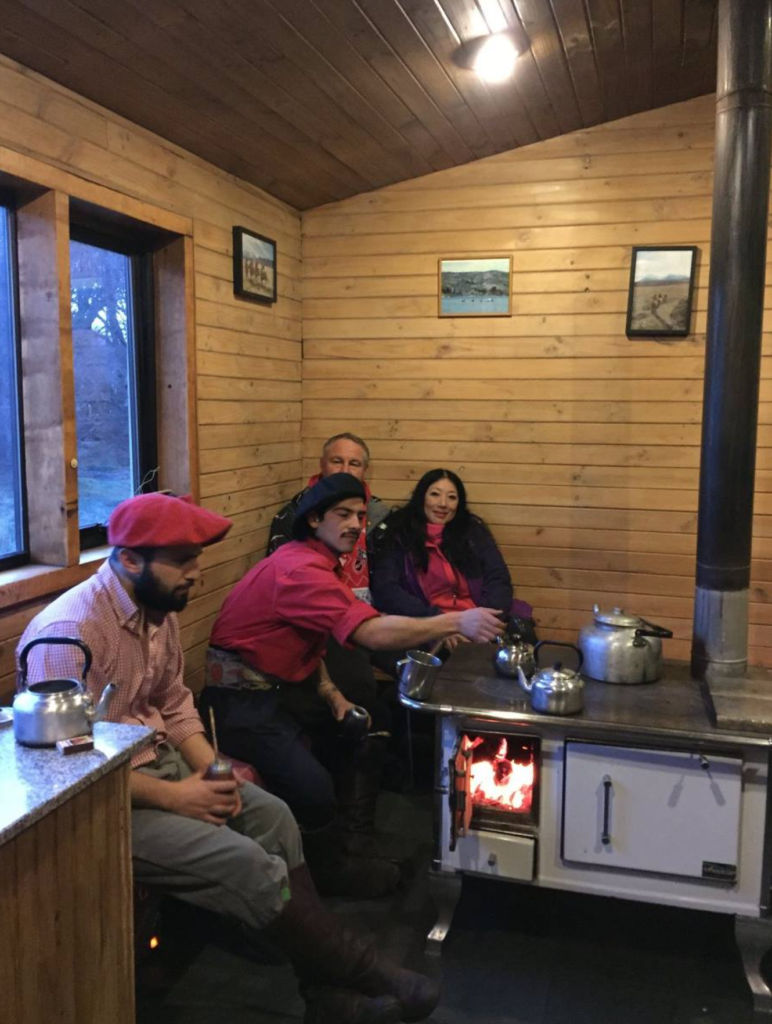
Gourmet dinner at the Explora
The Explora is also famous for its excellent food, with sustainably sourced or organic ingredients. The Chef comes from a two-star Michelin restaurant and delights us every evening with an amazing menu. The seared grouper remains in my memory as one of the very best fish dishes that I have ever tasted. There’s also a wide selection of beautiful wines.
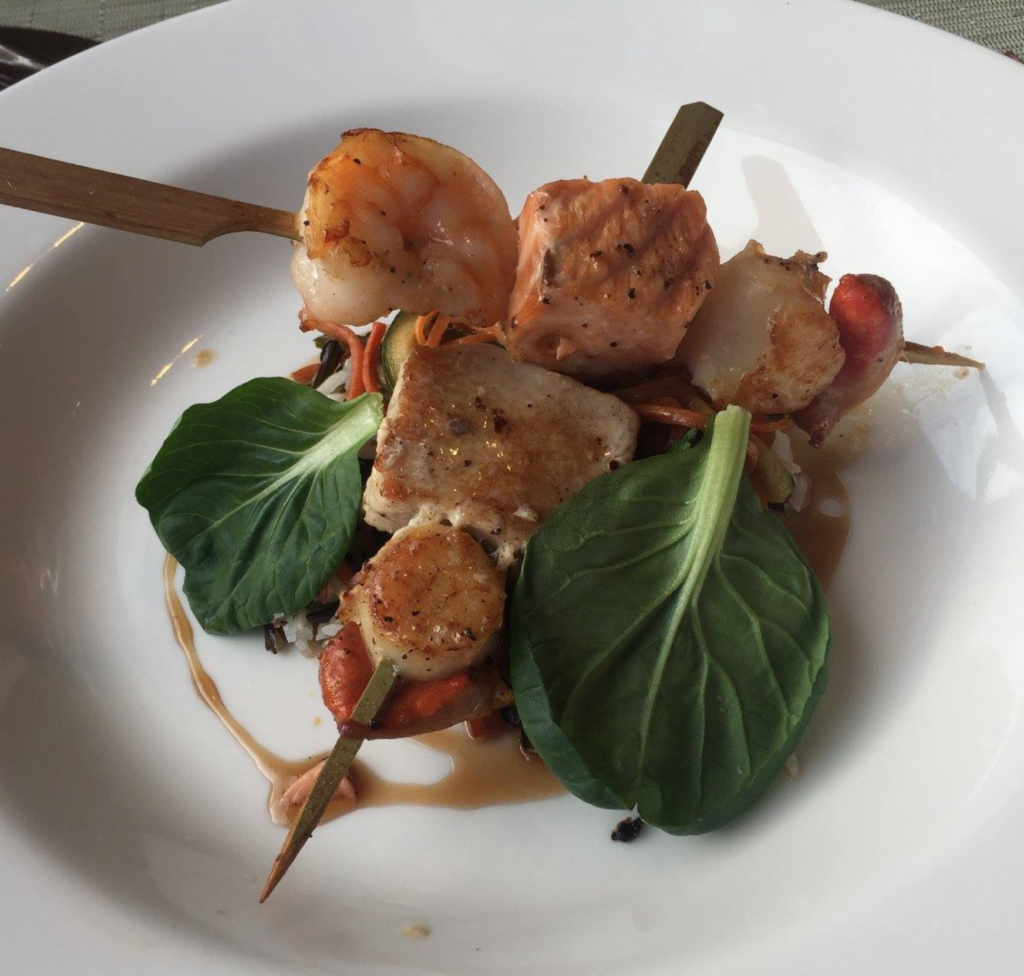
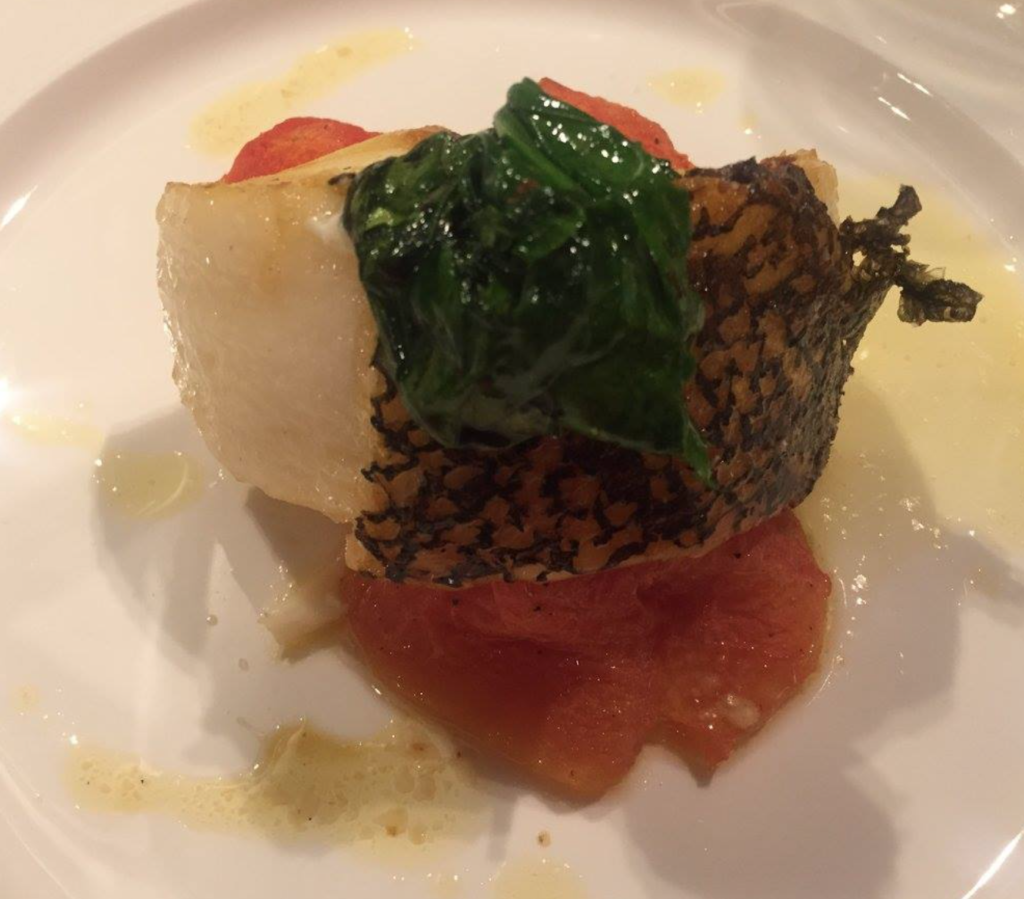
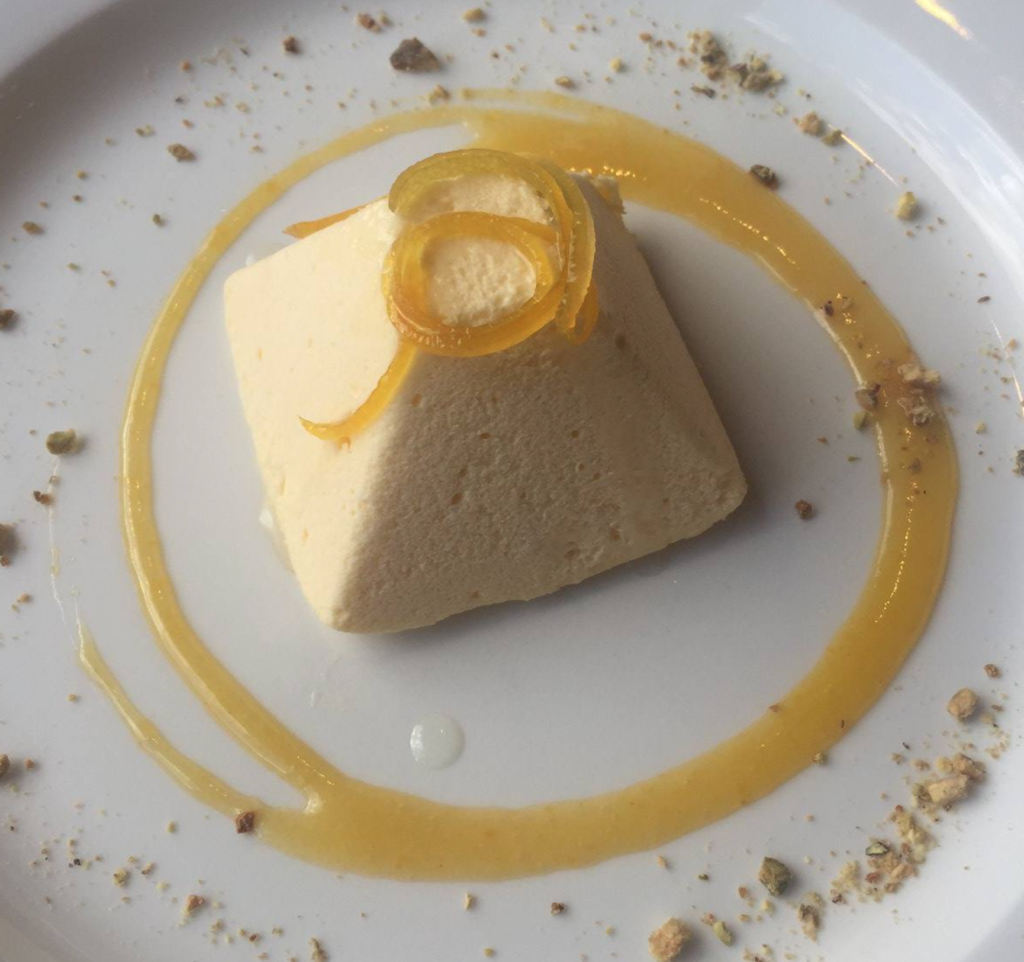
We feel so lucky and privileged to enjoy this unique experience that only Explora could deliver.
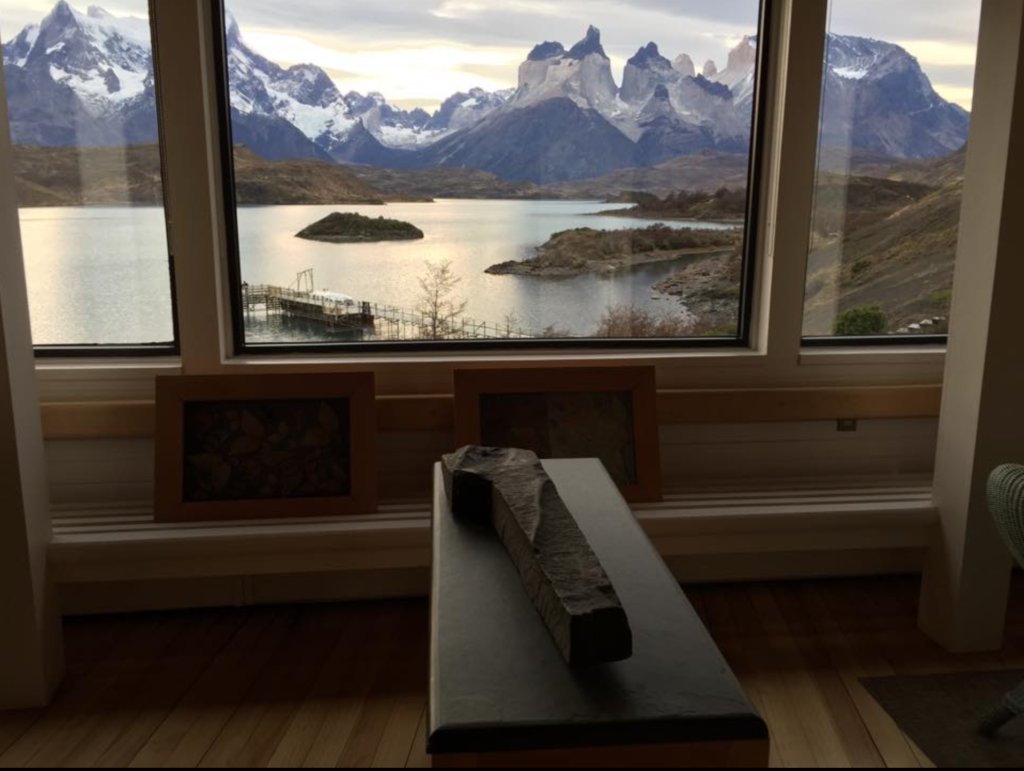
After dinner, sometimes there’s a presentation about nature, flora or fauna by one of the guides. Every evening, we make our way through a lit winding path down to the hotel spa and indoor swimming pool. There’s a small jetty off the spa. One evening, Guido J decides to dive into the lake. The cold is numbing and for a moment, he seems almost frozen, literally, before managing to swim back.
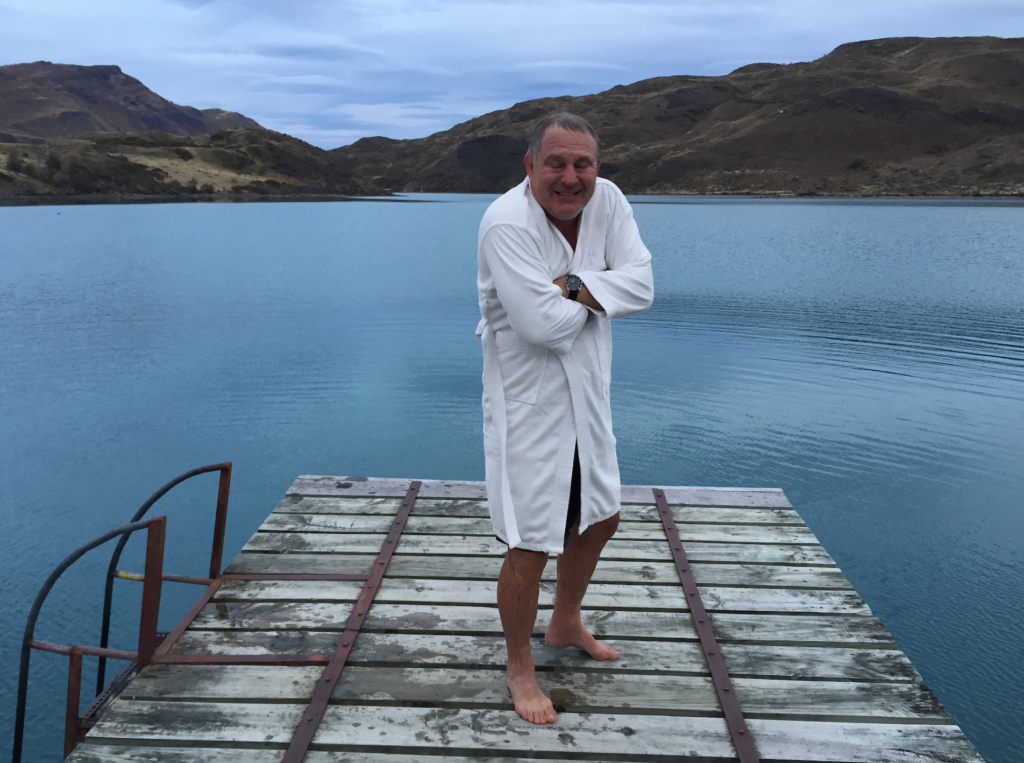
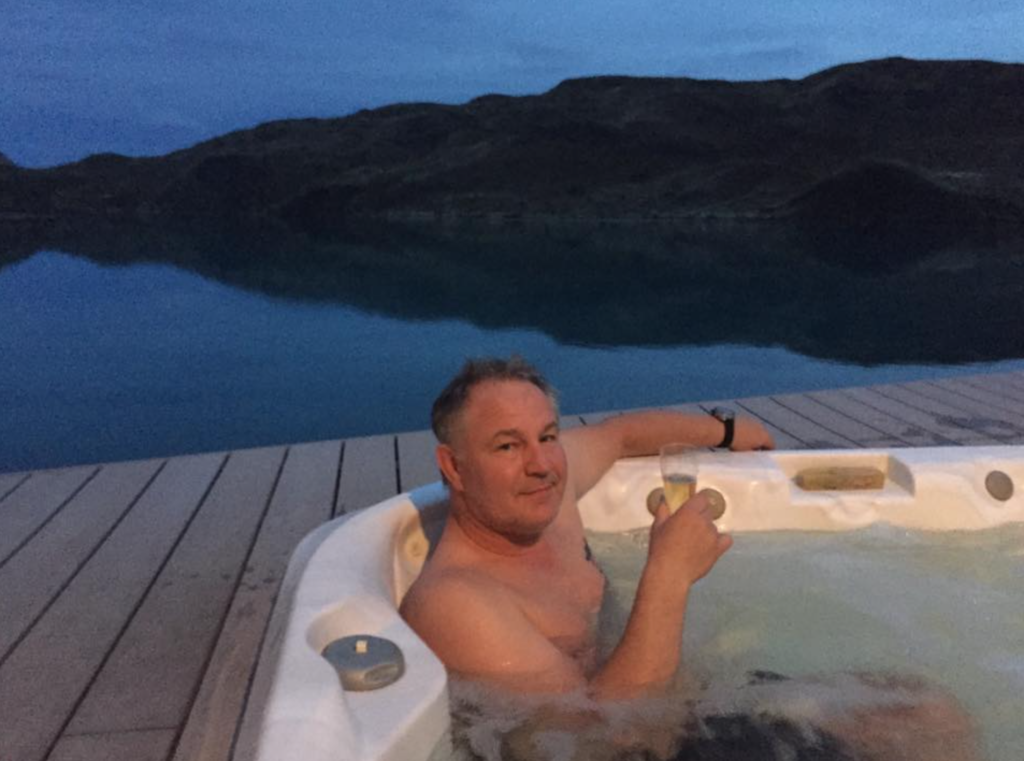
In the evening, you’ll find us soaking our sore muscles and sipping Champagne in the outdoor hot tub, by Lake Pehoé. That’s life!
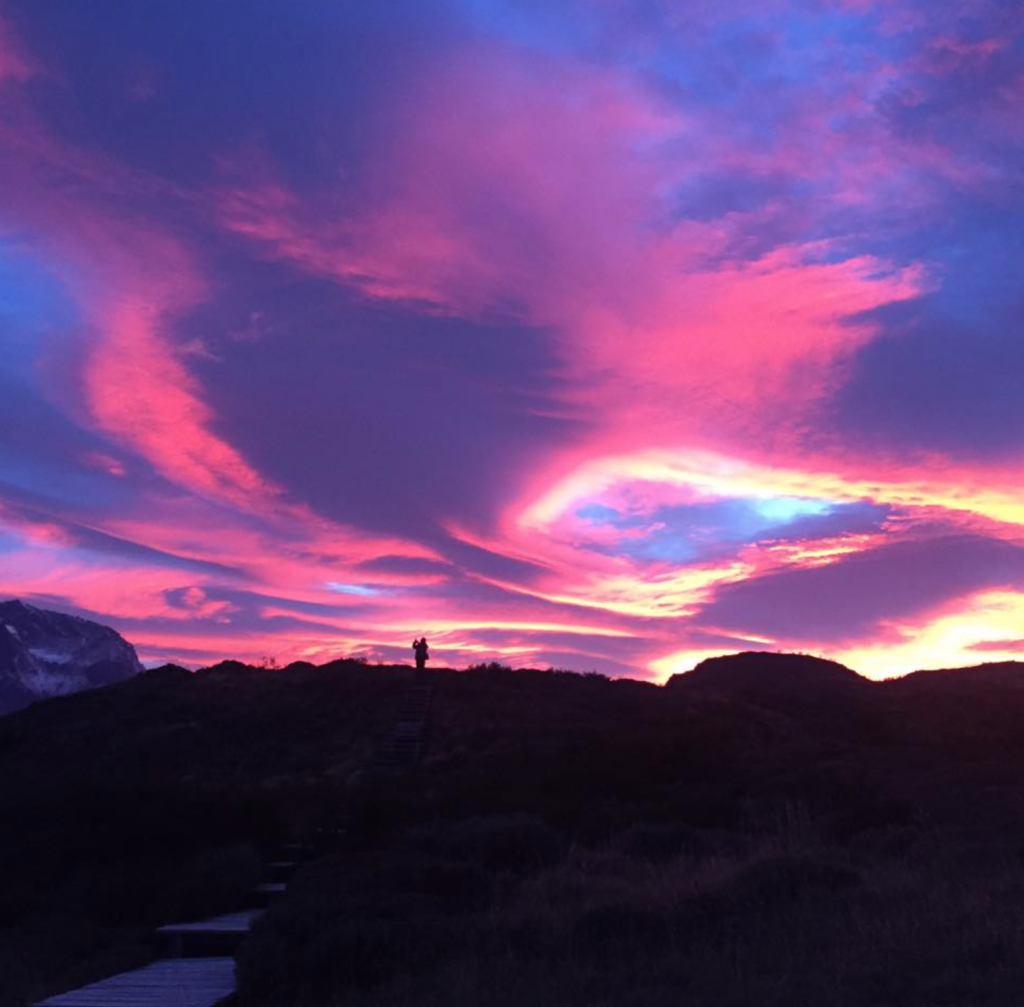
This is truly a trip of a lifetime. You feel insignificant facing such stunningly beautiful and pristine wildlife. We have traveled all around the world, and Patagonia has exceeded all our expectations.
Read my posts about Santiago highlights and Chilean wine-making, on our way to Patagonia…
Whether you choose travel insurance for your international or domestic trip, make sure you understand exactly what’s covered. There are different categories for basic and special coverage. Be sure to check out this article from Money.com and make sure you understand the fine print before booking your next trip
We hope you love the products we recommend. Just so you know we may collect a compensation from the affiliate links on this page if you decide to shop from them, at no extra cost to you. Thank you for your support.
Related Products
Women’s Hiking Shoes
As adaptable as the reptile it’s inspired by, this ventilated hiker features protection, stability, and ultra-lightweight construction.
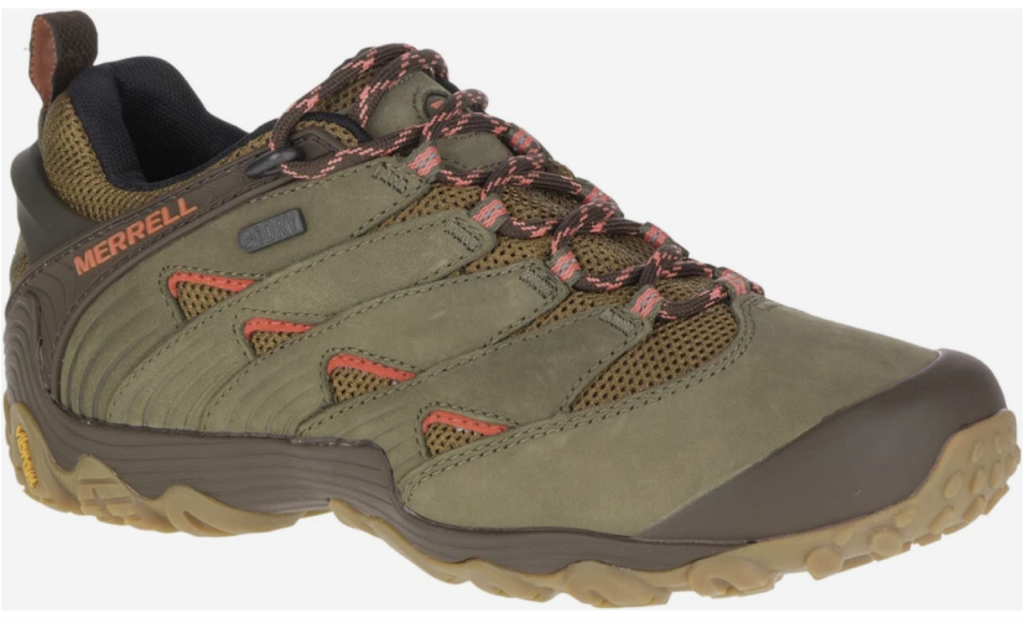
For more info or to buy click here
Merril Men’s Chameleon 7 Hiking Shoes
As adaptable as the reptile it’s inspired by, this mid waterproof hiker features protection, stability, and ultra-lightweight construction.
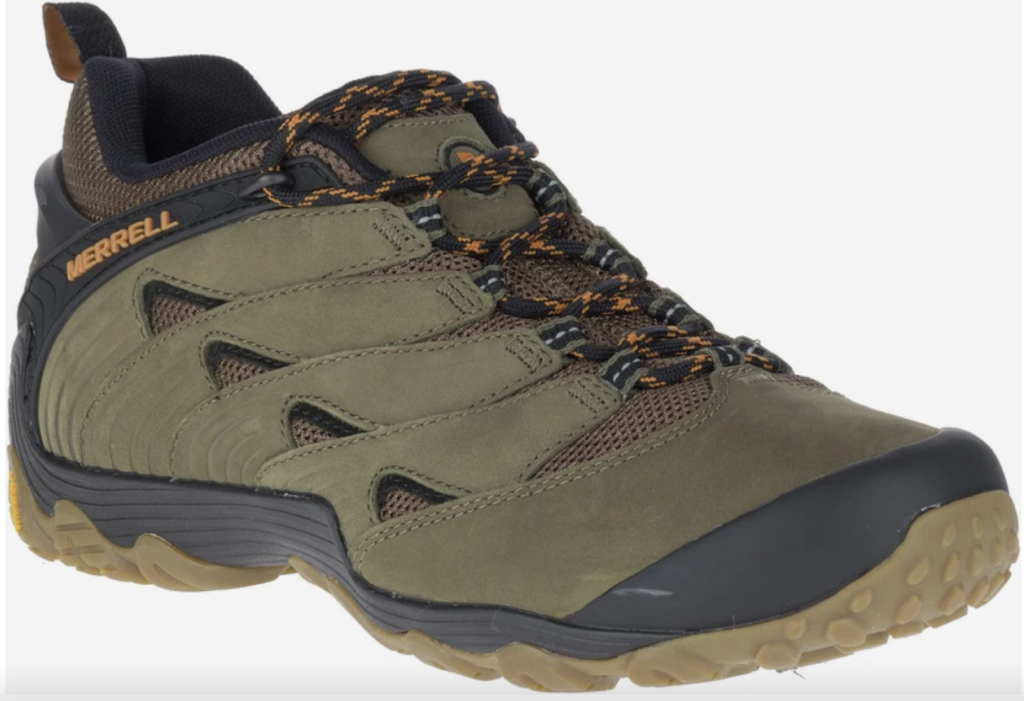
For more info or to buy click here
Spyder Women’s Fleur Synthetic Down Jacket
The Spyder Women’s Fleur Goretex Synthetic Down Jacket is fun and fresh from city to slopes! It has GORE WINDSTOPPER waterproof fabric, the toasty warmth of synthetic down, fully adjustable snow skirt and interior stretch panels for active skiers, plus snazzy Metalux zippers that pop against chevron stitched, eye-popping color.

For more info or to buy click here
Reebok Men’s Fleece lined Windbreaker
This full zip Reebok Windbreaker comes with a comfortable fleece lined interior, hood and two zippered pockets that will keep you warm on those cool windy days.
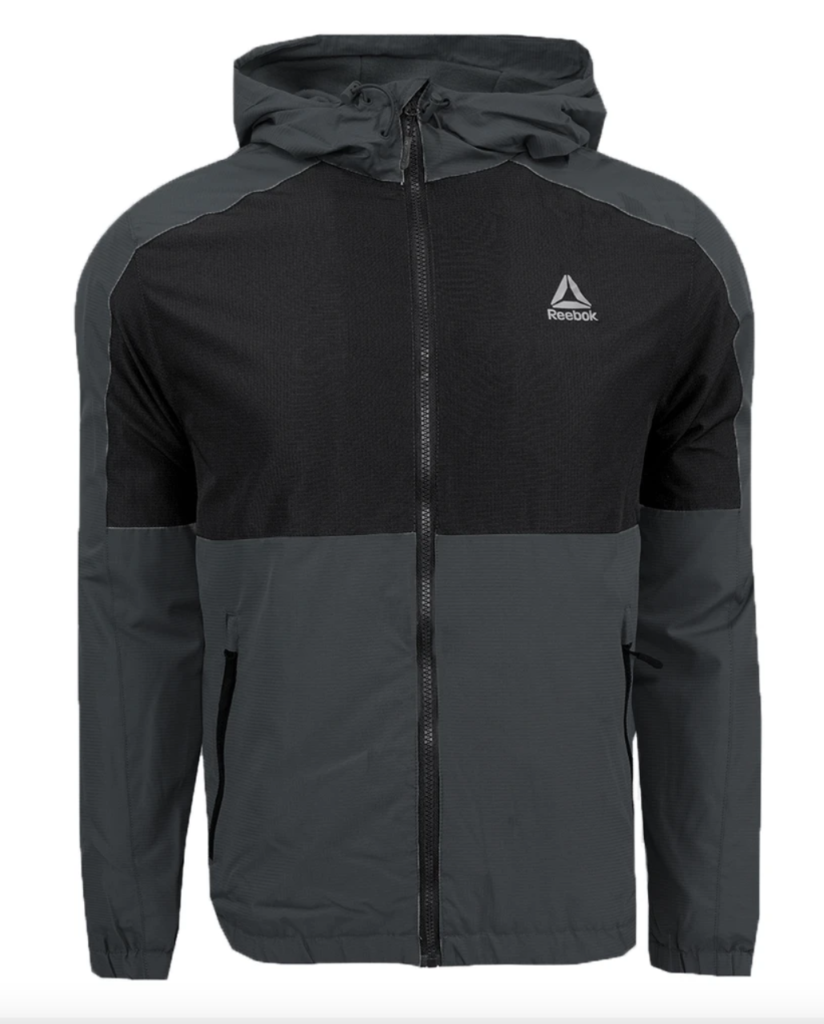
For more info or to buy click here

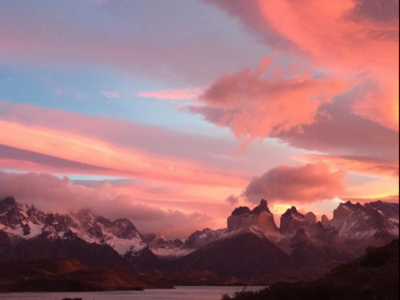














 Santiago Highlights
Santiago Highlights
Truly a magical place. I do not recommend to jump in the near freezing water. It was not as much fun as I thought it would be.